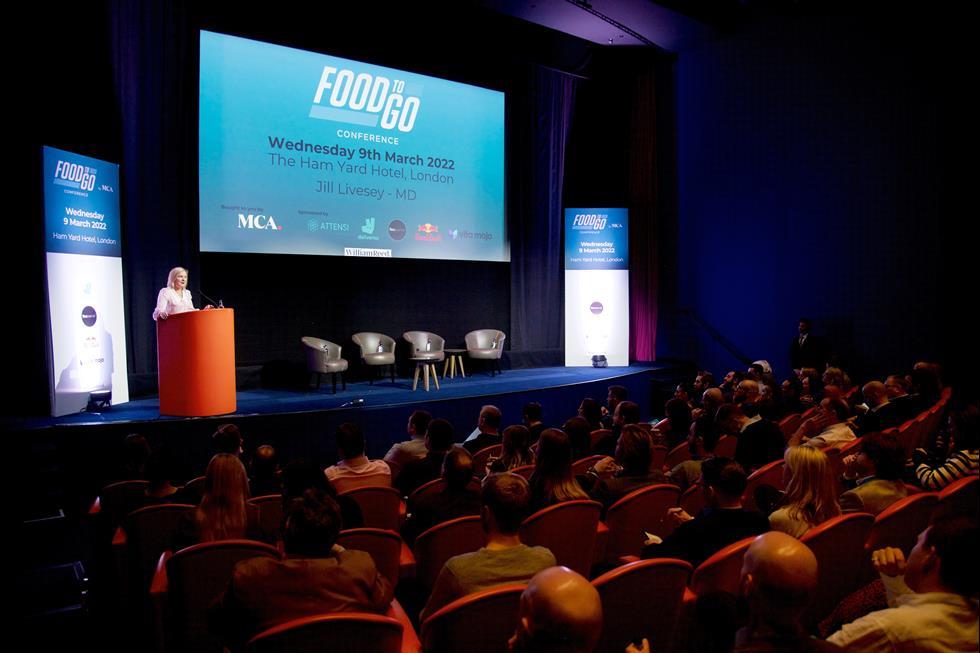The plant-based industry has boomed globally over recent years, with more consumers turning towards vegan alternatives for their meat and dairy products. This makes it more important than ever for food businesses to start thinking about incorporating new vegan ranges within their current portfolio. Here, we explore the top plant-based trends:
- Healthier plant-based products
- Alternative meat and protein substitutes
- Dairy-free products
- Plant-based food to go market
- Plant-based confectionary
1. Healthier plant-based products
It’s found that approximately 7.2 million adults in the UK are following a plant-based diet, and this number is expected to rise within the next year. A main driver for this is consumers are becoming increasingly aware of their health, especially after the pandemic, which has been an eye opener for what they eat and how they eat.
Recently, there’s been a push for an increased number of fortified, vegan food products to market. For example, brands such as Silk and So Delicious have stacked their fortified milk alternative with vitamins, magnesium, and zinc to tap into this trend.
2. Alternative meat and protein substitutes
We’re now seeing more food businesses driving efforts to further expand their product portfolios. For example, Birds Eye, famous for their frozen fish products, have recently relaunched their ‘Green Cuisine’ brand with a new ad campaign, featuring their new battered fishless fillets, made up of rice protein to ensure the flavour and texture remains.
Approved for those with a vegan lifestyle, it means they can support a broader range of consumers whilst reducing their carbon footprint.
There’s also an increased diversification of ingredients for meat products. Meat substitutes like bean-based burgers and sausages have been around since the plant-based trend kickstarted. Now, businesses are exploring new ways of enhancing the quality and taste of their products to better match their meat counterparts.
In fact, a new start-up, Meati, is forecast to produce an astonishing 45 million pounds of mushroom-based steak each year. Their aim is to create products that are less processed, using a fraction of ingredients and land compared to other plant and animal-based meats.
3. Dairy-free products
Due to animal welfare and environmental concerns, consumers are buying plant-based dairy alternatives to reduce their carbon footprint. Traditionally, there were only soya alternatives available, however, the ingredients used for dairy products has since expanded to oats, nuts, and even peas – just to name a few.

Nestlé are one of the major players in the food industry to adapt to this trend. They found that four in 10 shoppers are choosing dairy alternatives in Europe, and with the launch of their pea protein-based drink Wunda in 2021, their brand is working on adding new flavours to their portfolio to convince more consumers to make the switch.
4. The plant-based food to go market
When Columbus attended the MCA Food to Go Conference 2022, one of the key takeaways was that 34% of food to go consumers are more likely to be flexitarian and non-dairy. This means that food businesses, especially those with fast food items in their catalogue, need to focus on increasing the variety of plant-based ranges they’re offering.
In the past year, fast food giant McDonald’s have experienced success with their McPlant burger, as well as Burger King with their Impossible Burger. Burger King is also aiming to have 50% of their menu meat-free by 2030 which will help them reduce their greenhouse gasses by as much as 41%.

5. Plant-based confectionary
It’s not just plant-based meat and dairy products you should be paying attention to, either. For example, chocolate manufacturer Tcho have been redeveloping their goals to become 100% vegan, focusing on reducing their carbon footprint to provide products that are sustainably sourced and produced.
Additionally, M&S have also made strides by making all of their Percy Pig sweets 100% vegan friendly. This has been followed up as a result of increased consumer pressure and is likely to promote other major supermarkets to follow suit with their confectionary ranges.
Explore more plant-based trends in our infographic
With the rise in demand for plant-based products, how can food manufacturers keep up with customer expectations? In our plant-based infographic, we explore:
- How the plant-based industry opens up opportunities for investment and growth
- The main trends contributing towards the rise of plant-based diets
- The steps food manufacturers can take to incorporate plant-based products and sustainable practices within their supply chain

